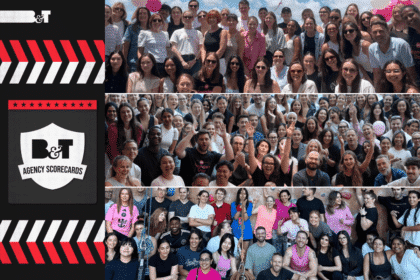With Microsoft set to launch its new xCloud service next week, the gaming industry is continuing its shift towards subscriptions explains Zuora VP & GM Asia Pacific Iman Ghodosi in this opinion piece.
Next week Microsoft will make arguably their most significant Xbox-related launch in 12 months. The fact it will be for a service – xCloud – rather than a game or a piece of hardware is telling.
And while Australia isn’t one of the 20 countries that will have access to the streaming service straight away (damn you, NBN), we are part of a seismic shift in gaming brought about not by a console or an accessory, but by a subscription.
Subscriptions in the industry aren’t new. Microsoft launched its digital media and online gaming service – Xbox Live – nearly 20 years ago. The concept of games as a service has been around for just as long. What is new is the sophistication of those subscriptions and the influence they’re having on the entire industry.
Losing the battle…. but what about the war?
One subscription has changed everything. Well, almost.
Game Pass, launched in 2017, is Microsoft’s game subscription service and xCloud is the latest in a series of improvements and add ons. It now has 10 million users (Playstation, by the way, has a game subscription service that predates Game Pass; it’s gaining momentum but so far has about 2.2 million users) and has had an extraordinary effect on the whole games industry.
This major shift has been led by a company that for a while was considered this console generation’s great disappointment. Its Xbox One has been thrashed in physical sales by Sony’s Playstation 4. It definitively lost the ‘battle’ of moving units. But there’s a much larger ‘war’ going on.
As Vice President of Gaming at Microsoft (the boss of Xbox), Phil Spencer, said in 2019 “we want to bring Game Pass to any device [n]ot just because it’s our business, but really because the business model allows for people to consume and find games that they wouldn’t have played in any other space”.
Game Pass isn’t about stock on shelves; it’s about dramatically expanding the reach of games.
A brave new world of accessibility
Sarah Bond, Microsoft’s Corporate Vice President for the company’s Gaming Ecosystem (and a Zuora board member), has been deeply involved in Game Pass’s development since shortly after its inception. She gives a fascinating insight into just what a difference the subscription service has made.
“Discovery has gone way up,” she said recently. “People feel free to try out all sorts of new games because the pricing barrier is so minimal.”
In Australia, as I know all too well, an AAA console game costs between $70 and $120 dollars at release. A Game Pass subscription costs between $11 and $16 a month.
“We have a great puzzle game called Human: Fall Flat. Sixty per cent of the people who play this game have never played a puzzle game before. And forty per cent of them go on to buy another puzzle game. So the subscription model has completely changed gaming behaviour.”
“There are no barriers anymore”
Sarah says it’s changed the type of people gaming, as well.
“It’s made people more open to trying new experiences. It’s also starting to open up our demographics. There’s greater racial diversity, greater income diversity.”
It’s changed who is gaming, but also how and when they’re doing it. That Phil Spencer vision of allowing people to access games no matter what device they’re using has been partly realised thanks to Game Pass welcoming PC gamers into the fold. Sarah says xCloud is the next piece of that puzzle.
Like any good subscription service, Game Pass is good for business, as well as for customers. It’s a classic case study in a recurring revenue system evening out a model with previously precipitous sales peaks.
“In the old model, a game used to earn 75 per cent of its revenue in its first two months. Today a subscription-based game takes about 24 months to earn the same amount. And that’s a good thing.
“Successful games have a community effect. They actually grow their audience over time, which is kind of surprising when you think about it relative to other kinds of media. Revenue per user might be lower when compared to the old model, but that’s offset because the audience has increased by an order of magnitude.”
At the end of this year, Sony and Microsoft will launch their next-generation consoles. There will be much talk about who wins this round of the bout. But are unit sales relevant metrics anymore? Playstation has long admitted they sell their consoles at a loss.
If you want to measure success in – or simply track the direction of – the video games industry in 2020 and beyond, keep an eye on subscriptions.








